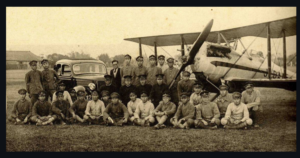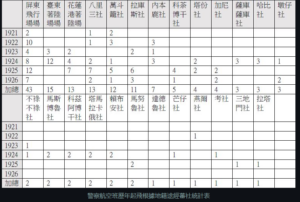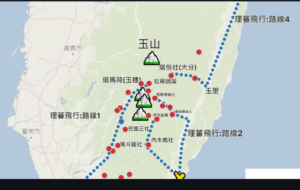“Air policing” was a term the British seem to have come up with after the Great War. Although using the new technology to keep the natives down started almost as soon as men could fly, the development of the concept owed more to Churchill’s enthusiasm for a way to control the Empire on the cheap and Trenchard’s need to find a role for the RAF now that the war was over. Omissi is the standard source.1 He has all the stuff on the early efforts to intimidate Iraqis and Somalis and others from the air, as well as the early debates on how effective this could be. What I find interesting is how the technology’s role was fairly undefined at this point. Was the RAF supposed to morally intimidate primitives? Directly attack rebels (or people who looked like rebels from high altitude)? Map and survey remote areas? Drop leaflets? Would it work on the Irish? The line between war and policing, and domestic and colonial was not that clear. The RAF both delivered and dropped Conservative newspapers on British cities during the General Strike of 19262
This is something that has remained a debate down to the present. The promise that technology can control territory, hearts and minds gets made a lot. It also ties into a lot of bureaucratic politics. Do drones render the U.S. Air Force irrelevant? Of course not. How would we have Top Gun without an Air Force?
The reason I bring this up is that one of the most detailed studies of air policing is on Taiwan. 臺灣第一個航空隊——日治時期警察航空班的故事1919年~1927年的臺灣天空 This seems to be a school project, and may owe something to 曾令毅3
The project owes something to air enthusiasts’ love of things like identifying old airfields and collecting photographs.
It probably also owes something to the detailed and easy to access Japanese colonial records.
The purpose of the project is to show that air policing helped the Japanese to subdue the wild hill people of Taiwan, especially in the early 1920s
As with all the other cases of air policing, it seems pretty obvious that aircraft did in fact make it far easier for the state to see new places, and that it probably did have some psychological and even practical effects. I am not sure that the aborigines really saw the overflights as “allowing them to bathe in Imperial benevolence”4, no matter what the Japanese said. Mostly, it is interesting to see how easy it is to show the geography of this with modern tools.
Omissi, David E. Air Power and Colonial Control: The Royal Air Force 1919-1939. Manchester: Manchester Univ Pr, 1990. ↩
Omissi p.41 ↩
曾令毅,〈日治時期臺灣的「空中理蕃」:以警察航空班為討論中心〉,《臺灣史學 雜誌》,第16期,2014年6月 ↩
使全島之民都能沐浴於皇恩 , alas, no direct cite for that ↩


